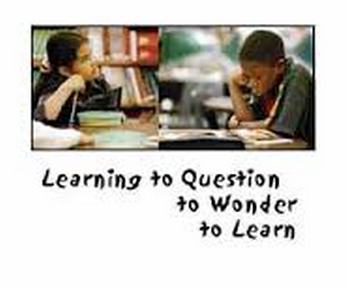Tag: improving continuous learning

Learning Methods: The Subtle Art of 11 Keys to Improving
Being right keeps us in place. Being wrong forces us to explore. That was a great quote from Steven Johnson. Are you someone that is consistently embracing change and new learning methods? Feels that is ok to be wrong because it forces us to explore? From an early age, we are taught it’s bad to make…
Embracing Change is Key to Improving Continuous Learning
Are you someone that is consistently embracing change? Feels that it is ok to be wrong because it forces us to explore? From an early age, we are taught it’s bad to make mistakes and they need to be avoided … otherwise, there can be unpleasant consequences. However, as we will discuss in this article,…